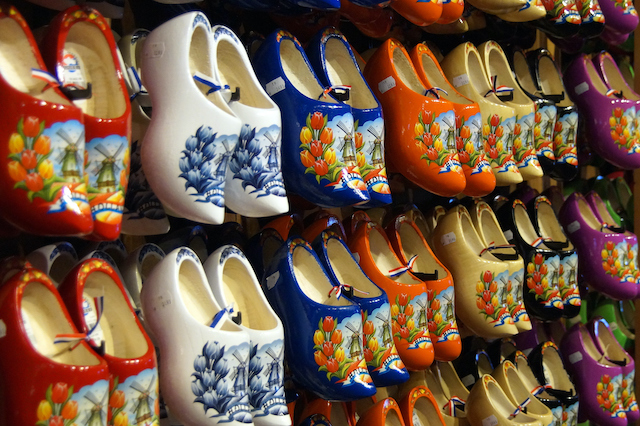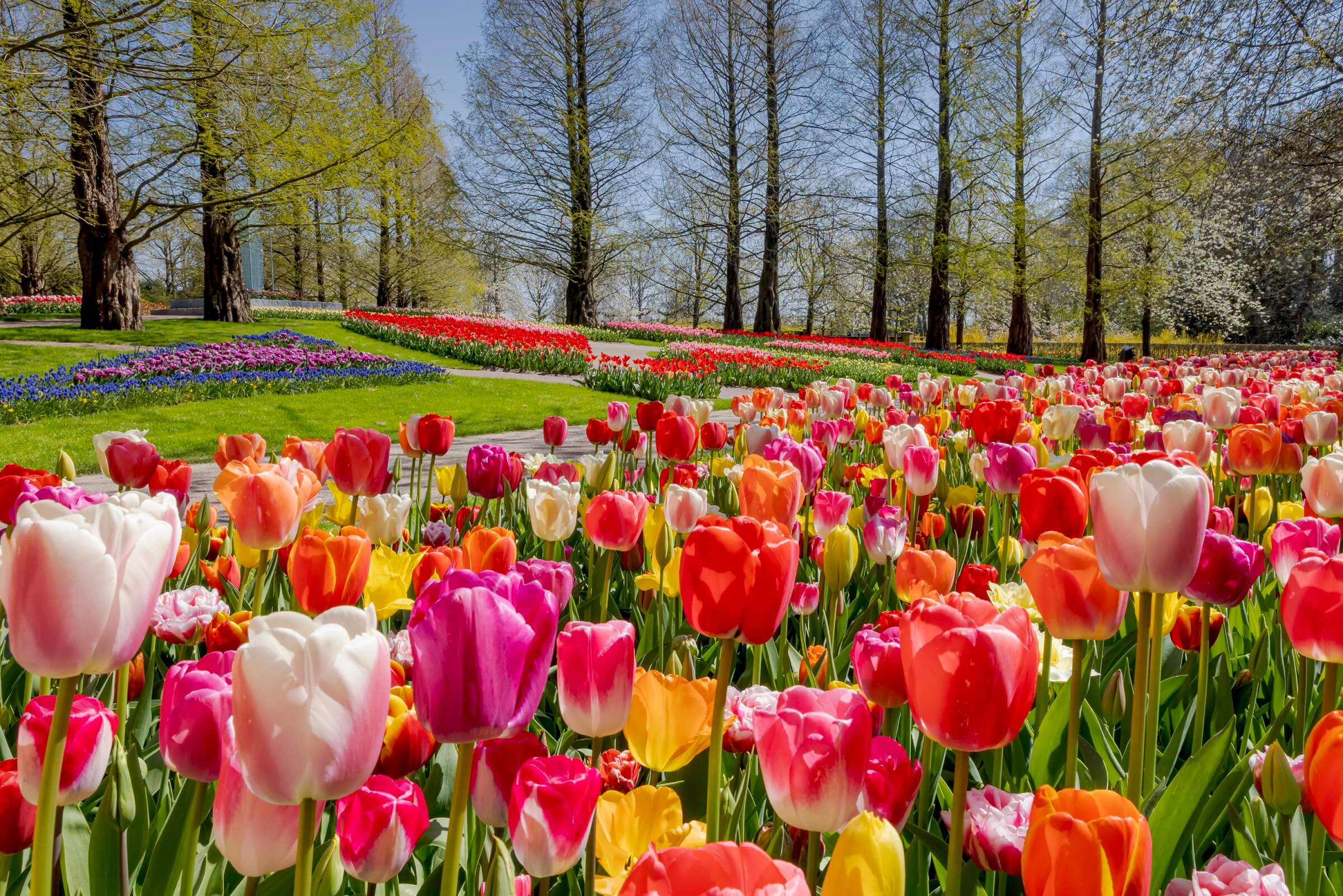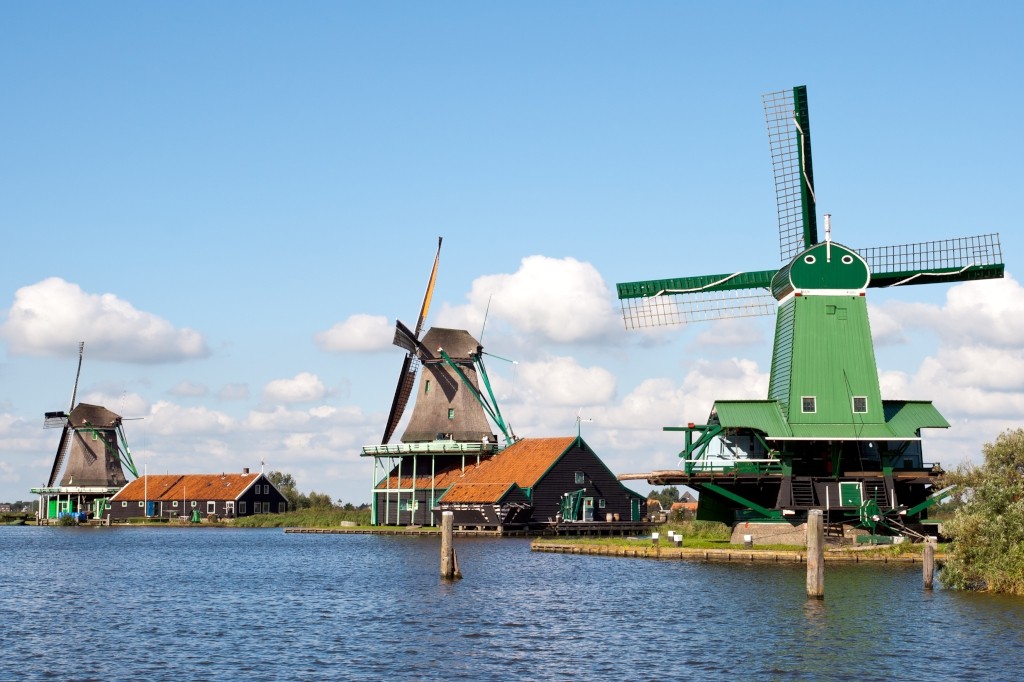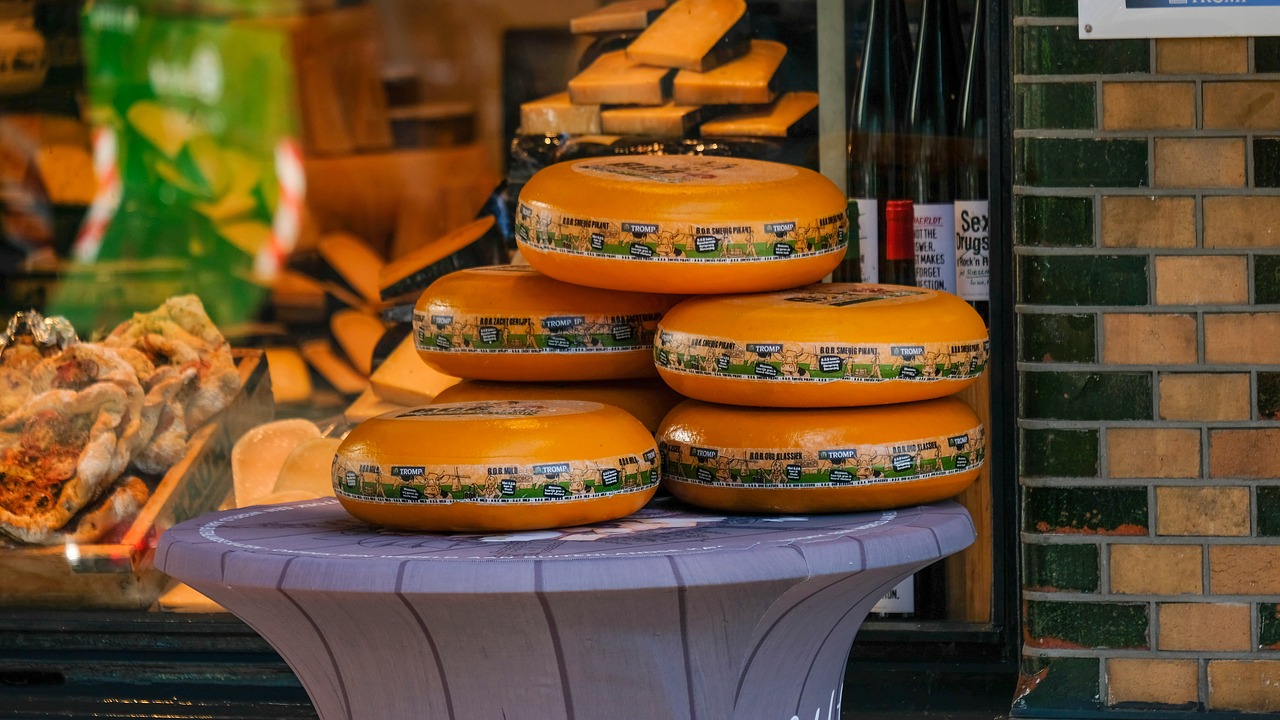A few symbols that represent the Dutch culture include:
In the past, each Dutch region had its own artisans who made wooden shoes in a unique shape. You may know someone's origins just by looking at their feet. There were even specific wooden shoes for weddings and Sunday church attendance. Traditionally, a bridegroom would have a pair of wooden shoes fashioned for him on his wedding day. Frequently, these were decorated with patterns and fertility, and love-related symbols. After the wedding, the clogs would never be worn again and would be displayed within the household.
Numerous festivals honor flowering bulbs and tubers, such as tulips, which continue to be a significant export item. They are also on display at places like the Aalsmeer flower market and at Keukenhof Gardens' yearly spring flower show.
As early as 1,200 AD, the Dutch began constructing windmills for the purpose of grinding wheat. In the 19th century, the Netherlands had almost 9,000 windmills. However, because fewer and fewer windmills are being operated and maintained, there are currently just about 1,200 left.
Numerous distinct foods make up Dutch cuisine and several different types of hard cheeses, including the well-known Edam and Gouda cheeses, which came from the towns where they were named.
Along with Christian holidays including Easter, Christmas, Pentecost, and Ascension, the Dutch additionally celebrate King's Day on April 27, Remembrance Day on May 4, and Liberation Day on May 5.




Comments
Post a Comment